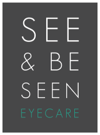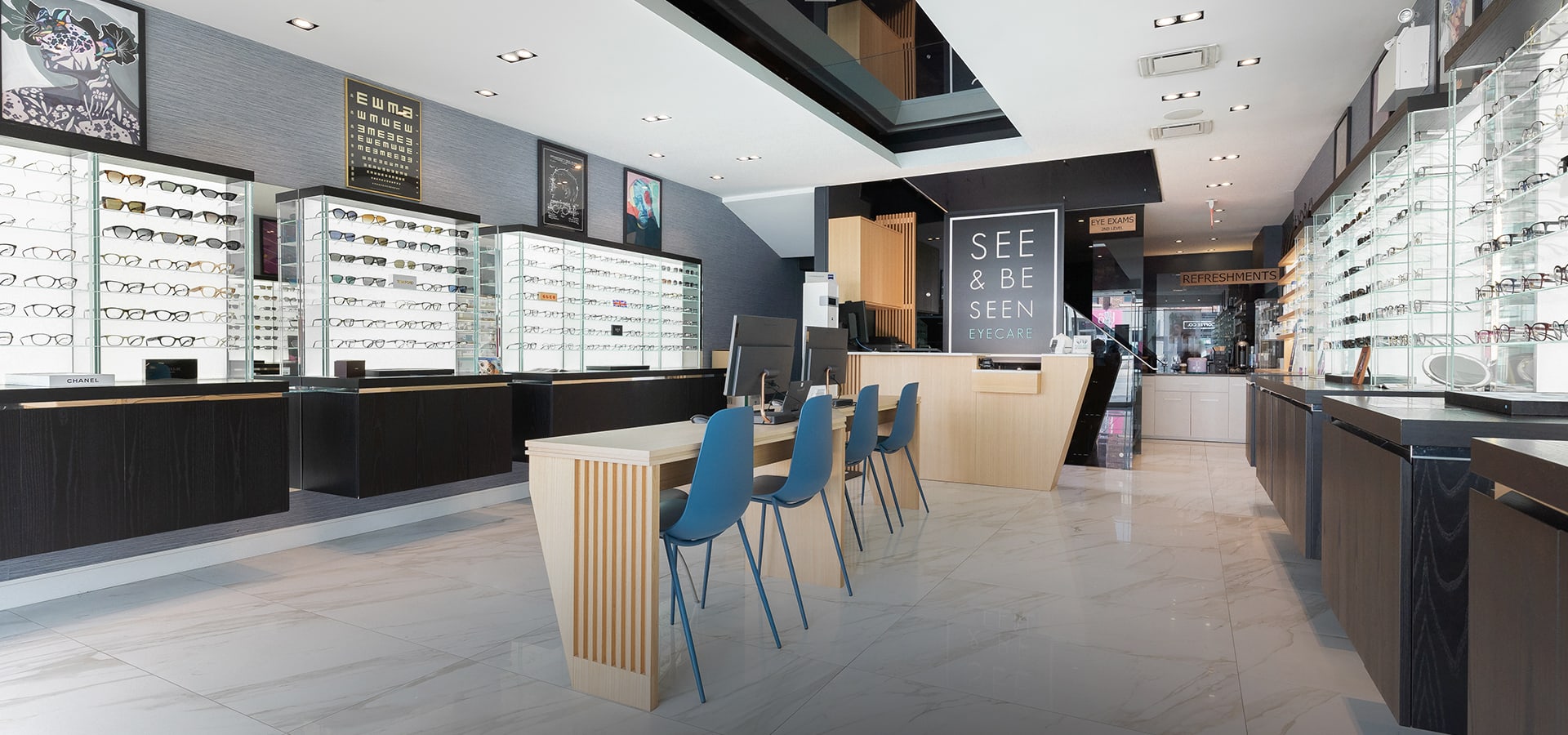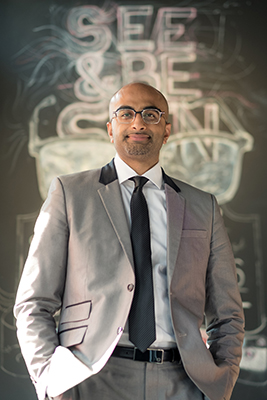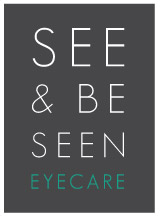Do you have trouble seeing clearly while you’re driving at night? If so, you may suffer from night blindness. Here are some tips to help you see better after dark.
We all know that activities like driving or cycling can be more challenging to do at night. However, if you have extreme difficulty seeing outside when it’s dark, you may have a clinical condition known as nyctalopia. Thankfully, this condition is extremely rare. What we typically refer to as “night blindness” usually refers to glare or haloes when performing nighttime activities. As the days get shorter, you might be experiencing this more often. So we spoke with optometrist Dr. Ritesh Patel of See & Be Seen Eyecare to learn more about what causes what we call “night blindness.”
What is Night Blindness?
True night blindness is a medical condition also known as nyctalopia. It is a rare condition that occurs due to Retinitis Pigmentosa, which is the loss of specific cells in the retina. But what’s colloquially known as ‘night blindness’ is the feeling of discomfort while driving or cycling at night. It can also happen in rainy, low light conditions. Dr. Patel says that approximately 30% of his patients complain about this common form of night blindness or discomfort.
“Many people will describe it as seeing glare from headlights at night,” Dr. Patel says. “Flashing lights especially can make it difficult to see the lines on the road.” People of all ages, from their mid-20s to 50-plus, can suffer from night blindness. And everyone experiences it differently. Some may feel more impaired by the glare they see while others aren’t as bothered.
What Causes Night Blindness?
There are many causes of night blindness, according to Dr. Patel. “When it’s dark, your pupils open up to let in more light,” he explains. “This causes light to scatter more easily and this causes more glare.” The biggest cause of glare or haloes is an outdated prescription. Your optometrist can fix this easily by updating your prescription. Scratched glasses can also cause more light to scatter. Dryness can also cause night blindness. Your tears lubricate your eyes, which helps create a smoother, even surface on the eyes. A lack of moisture can disrupt that.
For older populations, cataracts can also cause difficulty seeing at night. This is because the internal lenses of the eyes cloud naturally with age. Clouding causes light to scatter more, which then causes more glare at night.
For patients in their 30s and 40s, Dr. Patel says a change in prescription often causes night blindness. A correct prescription will bend rays of light at the right angle for clear vision. “But if light is not bending the right amount, your eyes have to compensate for that,” Dr. Patel explains. “This also causes difficulties in seeing at night.”
How Can an Optometrist Test if You Have Night Blindness?
In most cases, if Dr. Patel suspects that an outdated prescription is causing the patient’s night blindness. He will adjust a patient’s lenses during an appointment. Dr. Patel will then ask if the glare is resolved with the new lenses.
What Activities Should You Avoid if You Have Night Blindness?
If you suffer from night blindness, Dr. Patel suggests minimizing your time spent navigating traffic at night. This depends on each individual’s comfort levels and how much their night blindness is affecting their vision. But you shouldn’t have to significantly change your lifestyle if you experience night blindness. Instead, you should look for ways to treat it.
What Night Blindness Treatments are Available?
Solutions for night blindness vary, depending on what is causing the symptoms. If you suffer from dry eyes, a quick solution is to use drops to properly lubricate the eyes. This ensures an even surface for light to enter your eyes, reducing glare and haze.
If you have an outdated prescription, the solution is also easy – to update your prescription. Dr. Patel also advises those that wear glasses to invest in anti-glare lenses. “The better the quality of the lens, the less likely you are to suffer from night blindness,” he says. He recommends seeking out digital or HD lenses when purchasing new eyeglasses. “It’s kind of the equivalent of looking at a regular TV versus a 4K TV,” he says. There are also specific lens tints that can be used to help reduce the symptoms of night blindness. Depending on the cause, the lens tints can vary from pink to blue to yellow in colour. Your optometrist can recommend the best option for you.
If the cause of your night blindness is from cataracts, the solution is, unfortunately, more invasive. You need surgery to replace the clouded lenses with an artificial lens. However, some measures can help lessen the symptoms of night blindness, like drops, an updated prescription and higher-quality glasses.
Written by Andrea Yu in consultation with Dr. Ritesh Patel, lead optometrist at See & Be Seen Eyecare, in Toronto. Original publication can be found here.





